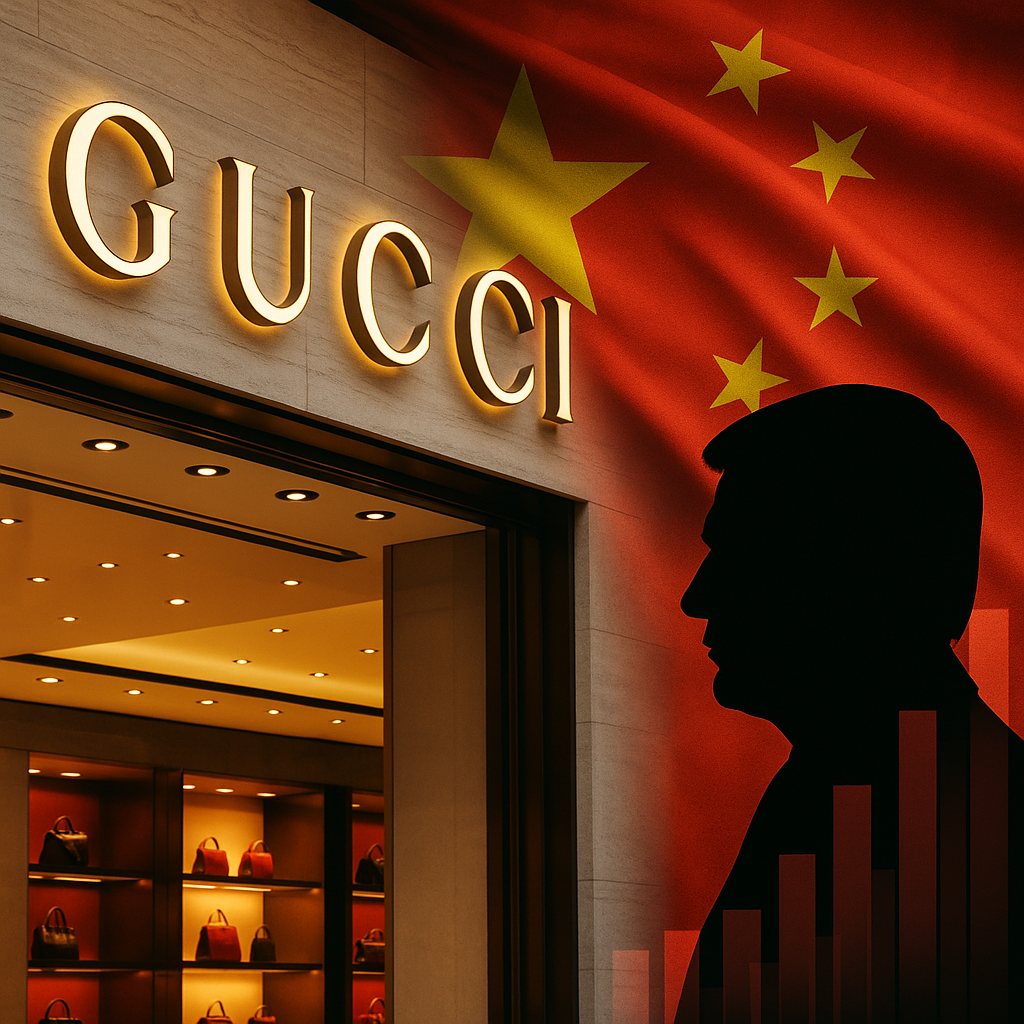
Trade wars are rarely quiet. But sometimes, the loudest message is sent without a single word—just a well-timed campaign, a viral video, and a strategically placed billboard.
That’s exactly how China responded when Donald Trump’s tariff war threatened to push the global economy into a tailspin. But instead of retaliating with just counter-tariffs or sanctions, China launched a cultural response—one that turned the spotlight on Western luxury brands.
It was subtle, calculated, and highly effective.
China’s Strategy in the Trump Tariff War: Targeting Luxury, Not Just Trade
The usual weapons of a trade war are taxes, sanctions, and spreadsheets. But this time, the most powerful tool wasn’t steel or silicon—it was Gucci, Dior, and Louis Vuitton.
When Trump imposed tariffs on Chinese exports—from electronics to steel—China responded by targeting luxury brands that had grown deeply reliant on the Chinese market. But rather than banning products or closing stores, China quietly influenced brand perception at a national level.
And the ripple effect was undeniable.
How Chinese Consumer Influence Changed the Game
In 2019 and 2020, the global luxury market began to shift. Not because of inflation or recession—but due to viral cultural controversies.
Several luxury labels made missteps—whether through insensitive advertising or political ignorance. These incidents sparked backlash on Chinese social platforms like Weibo and WeChat. Influencers distanced themselves. Hashtags trended. Consumer loyalty shifted overnight.
Suddenly, brands once worshipped in Asia were facing a PR nightmare. And it was all organic—fueled by Chinese consumer influence and national pride.
Why Luxury Brands Were the Ideal Soft Power Target
Luxury isn’t just about fashion—it’s about identity, status, and aspiration. That made them the perfect symbol to challenge during the China-US trade tensions.
For years, Western brands chased the Chinese luxury market, pouring resources into campaigns, celebrity endorsements, and flagship stores. But their dependence also made them vulnerable.
China didn’t need censorship or trade bans. All it had to do was let consumers speak—and let cultural relevance do the rest.
A Soft Power Masterstroke
This wasn’t economic retaliation—it was a masterclass in soft power strategy.
While Trump’s administration focused on export tariffs and trade deficits, China shifted global conversations through branding and public sentiment. Global CEOs scrambled. Marketing teams re-strategized. Store launches were postponed. Apologies were issued.
And the luxury world listened.
Brand Perception Is Now Global Currency
This moment in the China luxury brands Trump tariff war saga offered a bigger lesson: Your brand is more than your product. It’s your reputation.
Today, a brand must navigate cultural nuance, political awareness, and market relevance—or risk becoming irrelevant. Especially in massive markets like China, where perception drives loyalty more than ever.
For Entrepreneurs, Marketers, and Business Owners: What This Means
Whether you’re in fashion, fintech, or F&B, your customers are watching.
- Are you culturally competent?
- Are you building genuine trust?
- Are you relevant to the markets you serve?
In a world shaped by global tension and rising nationalism, your brand must go beyond the transaction. Because if you’re not aligned with the values of your target market, someone else will be.
Rise of National Consumerism in China
As the luxury backlash unfolded, local Chinese brands began to rise. They weren’t just providing alternatives—they were representing national pride.
Shoppers didn’t just boycott Western labels—they embraced homegrown luxury with enthusiasm. Sales of Chinese fashion houses, skincare, and lifestyle products surged. This shift signaled the rise of nationalistic consumerism—where spending becomes a political and emotional statement.
The Bigger Picture: Brand Power = Global Power
The China luxury brands Trump tariff war wasn’t just an economic standoff. It was a branding battle. One that exposed how much soft power rests in public sentiment—and how quickly that power can shift.
Trump’s tariffs may have been aimed at Chinese factories, but China responded by shaking the core of Western image-making and consumerism. Brands once seen as aspirational were suddenly vulnerable.
And the message was clear:
“Respect our culture—or we’ll rebuild without you.”
Final Thoughts: Perception Is the New Currency
This wasn’t about handbags or fashion shows—it was about influence.
In a hyper-connected, politically aware global marketplace, perception has become a form of diplomacy. And China just demonstrated how powerful that diplomacy can be when executed strategically.
So whether you’re managing a multinational or scaling a startup, remember:
In 2025, how you’re perceived matters as much as what you sell.
Read More: Sonia and Rahul Gandhi’s Legal Battle: What’s Going on with the National Herald Case?



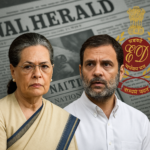






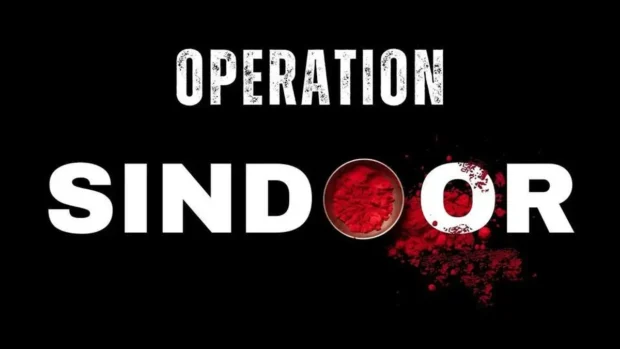
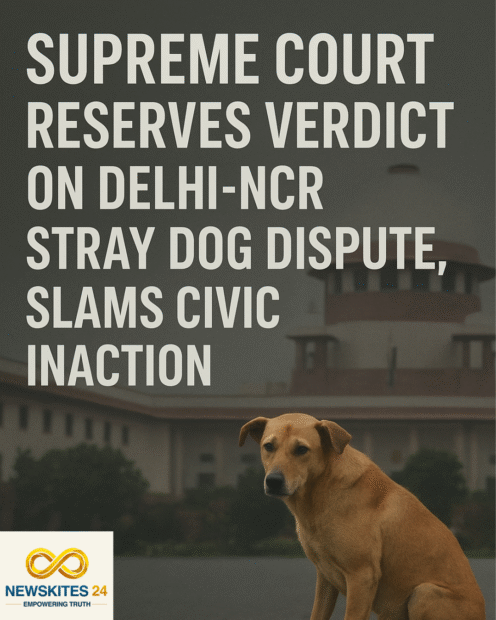



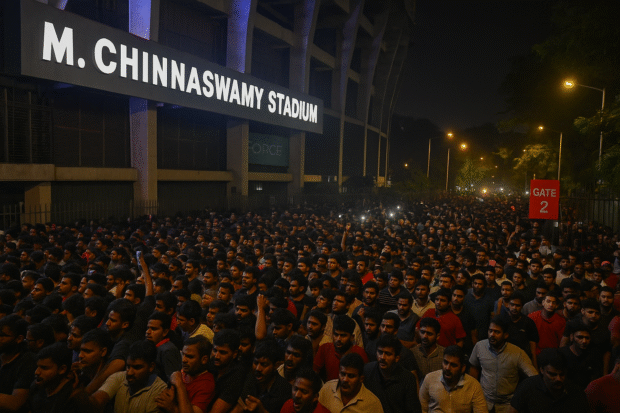

Be the first to leave a comment